Whether you’re a fan or not, you must have heard several artists releasing either mixtape or album on every streaming platform. And you must be wondering how these two things differ…
At first look, mixtape and album may appear so similar in the sense that they both contain song tracks of your favorite artists. But unknown to many, there are few major differences between the two.
In this article, we’ll settle the mixtape vs album debate by discussing how they are alike and how they differ.
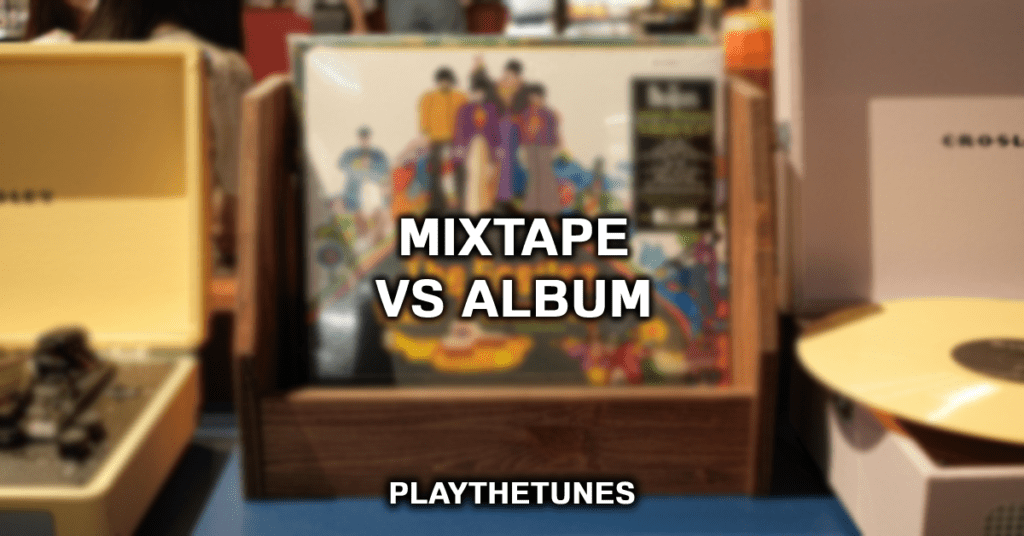
What is a Mixtape?
Mixtape and its form have evolved vastly through time. Its modern version is quite far from what it originally was. But the one thing that stands true about mixtapes throughout these years is that it is a compilation of songs recorded in a certain order. This sequence makes the rhythm and tempo of the music sound so connected and flowing.
Today, mixtapes are produced for several reasons. First, a mixtape is often used by artists to showcase their creativity and experimentality. The mixtape is also used as a marketing tool to generate social buzz after a long break. And recently, mixtapes have been popularized as teasers to promote upcoming albums or concert.
How did mixtape come about?
Mixtapes became a thing in the ’60s. But it was only until the 70s up to the 80’s when it totally boomed. It was so popular that it became an integral part of the youth culture back then.
The traditional form of the mixtape is generally described as a compilation of songs obtained from various sources like radio, recording, and another cassette. Distinctively, original mixtapes always came in an audio cassette format.
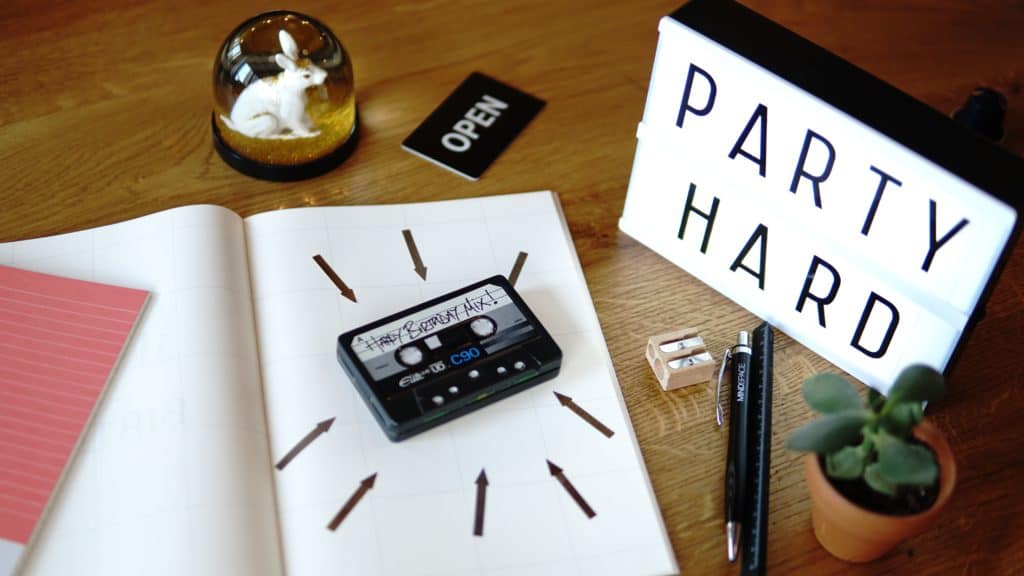
During this time, the production of the mixtape was not exclusive to artists. Everyone was free to make and personalize their own mixtapes depending on their preference or purpose. As a result, the mixtape was used often as a gift, hobby, or even a business.
The popularity of mixtapes grew even bigger with the help of DJs, Legends like Kool Herc, Grandmaster Flash, and Africa Bambaataa brought the mixtape era to new heights. DJs channeled their excellent song-picking and beat-matching talents through mixtapes.
They also added some technicalities like transition effects so that the songs would sound smooth and flowy. Soon these mixtapes were called “party mixtapes” or “mash-ups” which were distributed commercially.
Rappers and the hip-hop industry also flourished during the mixtape era. Lil Wayne for example created a name for himself as the “mixtaping king.” Likewise, many rappers also took advantage of mixtape’s creative liberties to produce their own music and words.
The successful run of the mixtape industry was put to a stop by the prevalence of CD players and the emergence of the world wide web. However, today we are now seeing attempts to revive mixtapes, although in a different style and format.
What makes a Mixtape?
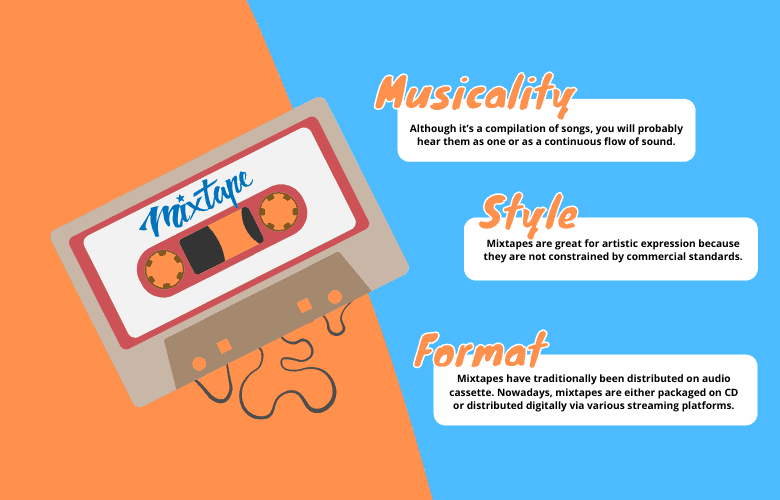
Musicality
One thing that is so unique about a mixtape is its musicality. Although it’s a compilation of songs, you will probably hear them as one or as a continuous flow of sound. Transition effects are diligently applied on mixtapes so that the tunes, beats, and even lyrics harmonize smoothly.
Style
The primary reason why rappers fell in love with mixtapes is that they can literally do anything during the production. They are not bound by commercial standards meaning, they could fully unleash their creativity and experiment with different styles.
Modern-day artists have also come to recognize the beauty in mixtapes. They are now diving into mixtape production for the sole purpose of artistic expression.
Format
Traditionally, mixtapes come in audio cassette format. But with rapidly advancing technology, mixtapes are either packed in a CD format or digitally through various streaming platforms.
As for recording, unlike in the older days, mixtapes are now produced in recording studios to add professional edits and effects.
What is an album?
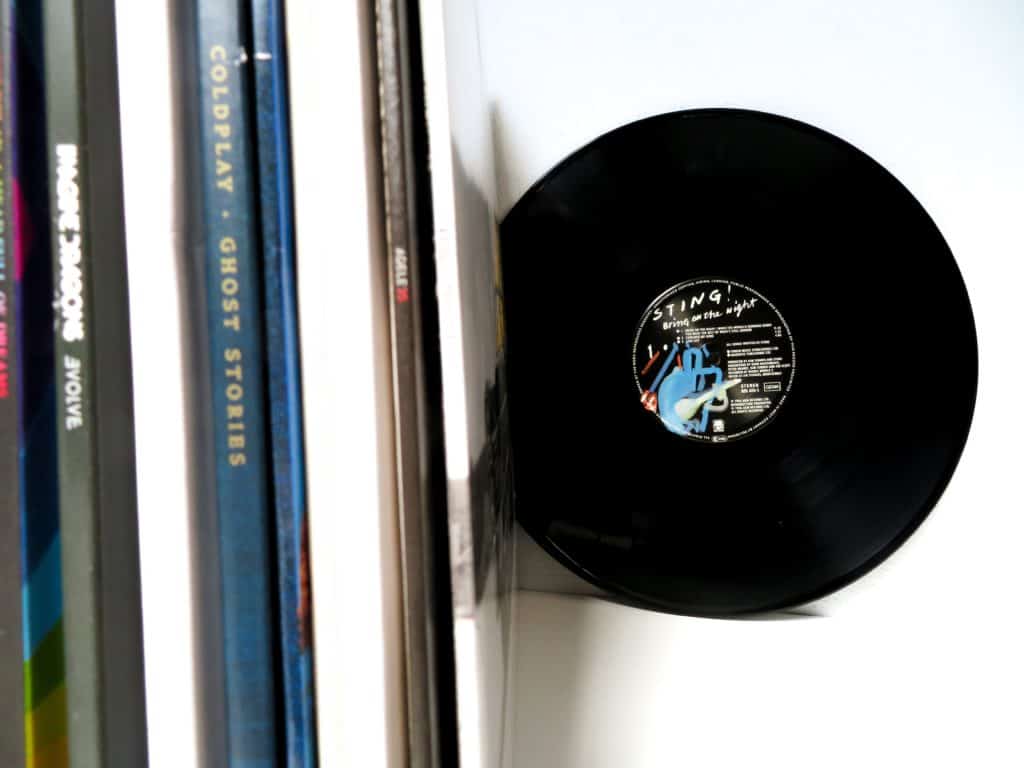
Album is the most popular and widely consumed musical expression throughout the years. It is described as a collection of tracks packed in vinyl, CD, or audiotapes. But this definition is also continuously changing with the dawn of streaming platforms such as iTunes and Spotify.
Expert Tip: Streaming platforms classify any release as an album depending on the number of tracks in it. iTunes automatically tag any release as an album if it lasts for more than 30 minutes or have 7 or more tracks in it.
While Spotify follows the artist’s decision, whether the release is an album or not. Spotify has yet to disclose how they categorize a release without the artist’s clear decision.
How did album come about?
The origin of the album goes way long. Its earliest form can be traced back to the 19th century when the 78rpm records were invented. These 10-inch discs could play and store 3-minute-long recordings on each side.
It soon evolved into a 12-inch 78rpm disc that could play and store longer recordings (4-5 minutes). Operas and classical music are the first ones recorded and reproduced in 78rpms.
Then come Columbia Records when it introduced vinyl records in 1948. The vinyl record is a gramophone record format that can record and play longer tracks. It was indeed a game-changer. The music industry was revolutionized.
Apart from the musical tracks, the vinyl records became real treasures with their notable artworks and covers. As a result, the term “album” was formalized.
The craze over albums did not die down even with the arrival of CD players. In fact, producers adapted so well to the change and repackaged the albums into CD formats. Since then, the album became the most dominant and commercialized form of musical expression even until now.
What makes an album?
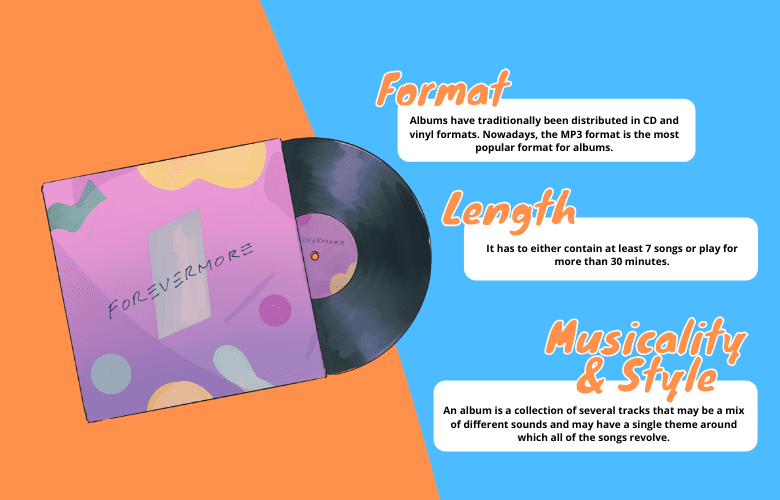
Format
In the past, albums are predominantly produced and distributed in CD and vinyl formats. But nowadays, the most dominant form of the album is MP3 format because of the advanced electronic devices and streaming platforms.
It’s important to note though that today’s hottest stars like Taylor Swift are starting to revive the vinyl era with her recent album.
Length
One thing the sets an album apart from other kinds of musical releases, is the number of tracks and the minimum length requirement.
For a release to be considered as an album, it has to either contain at least 7 songs or play for more than 30 minutes.
Musicality and Style
Album is a collection of several tracks which could be a mix of different sounds depending on the composer or artist. The genre can even change from track to track. There have been several artists who play around with genres in their albums. You may probably hear acoustic, jazz, and even pop songs in a single album.
Expert Tip: And oftentimes, albums have a singular theme to which all the songs revolve. The tracks either tell a story or convey a message. You’ll also notice the uniqueness of each track in an album. So, you may or may not hear a continuous flow between these tracks.
It is no secret that the album production is somehow influenced by commercial trends. Artists and composers are more encouraged to produce sellable songs. This sometimes constraints the creative expression of composers and singers as well.
MIXTAPE vs ALBUM?
At this point, you probably have some hints in what areas they differ. To give you more conclusive answers, the following are the main differences between a mixtape and an album:
Support
The most notable difference between a mixtape and an album is the support. This is especially true back in the day when the cassette was still a thing. The mixtape is packaged in audio cassette while the album is predominantly in either vinyl or CD form. Nowadays, mixtapes and albums are produced digitally on streaming platforms
Number of Tracks
Remember that mixtape is one big compilation of songs or sounds from various sources, combined to sound continuous and flowy. There is also no distinct division between these songs so basically, the mixtape is a single track. Unlike an album with 7 or more songs separated by brief pauses.
Recording
Another unique thing about the album is that it can be recorded either in the studio or live. Sometimes, artists produce and distribute both types for the same album. On the other hand, the mixtape can only be recorded in the studio primarily because of the technical edits and effects.
Length
There isn’t a rule describing how long a mixtape should be. It can be short or long depending on the artist. Remember that mixtapes are being used as a creative outlet for many artists.
On the contrary, an album follows a strict set definition especially the ones implemented by streaming platforms. Otherwise, they would only be considered as EP or single.
Purpose
The primary goal of an album is to introduce original songs to the world and of course to make sales. On the other hand, a mixtape is produced for three main reasons – to tease fans, to experiment with artistry, and to market upcoming albums or comebacks.
Final Words
The Mixtape vs album discussion has been going around for many years. To finally settle the score, these two differ greatly in their length, musical style, duration, technicality, and purpose. A mixtape is a single song crafted from various sources while an album is a multi-track release that introduces original songs.
If you have additional questions, suggestions, and information, do not hesitate to comment below.
